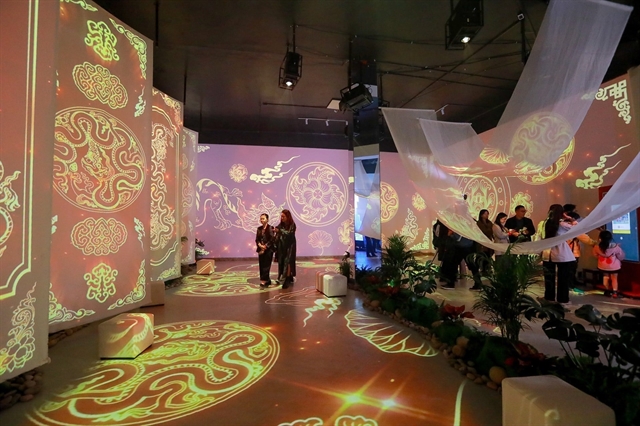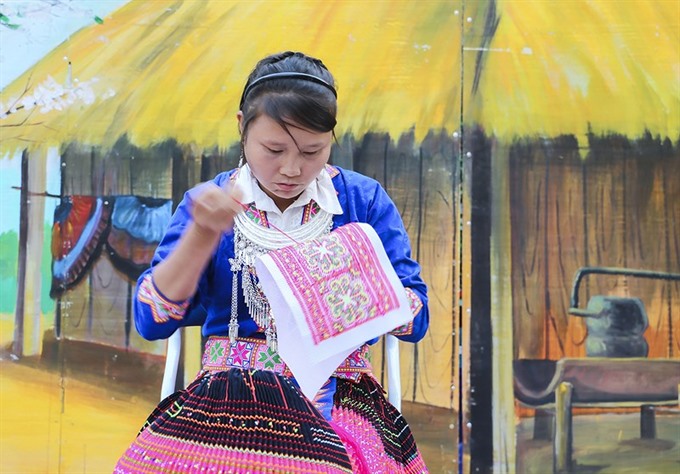 Life & Style
Life & Style

A ceremony of granting the “national intangible cultural heritage” status to traditional textile patterns of the Mông tribe was held last weekend in north-western ĐiệnBiên province’s Sa Lông Commune.
 |
| A Mông ethnic woman in the north-western province of Điện Biên weaves traditional textile patterns on a cloth. — Photo pda.vietbao.vn |
ĐIỆN BIÊN — A ceremony of granting the “national intangible cultural heritage” status to traditional textile patterns of the Mông tribe was held last weekend in the north-western province of Điện Biên’s Sa Lông Commune.
The traditional art of the local Mông community, known as the Mongz Lenhs group, was among seven national intangible cultural heritages recognised by the Ministry of Culture, Sports and Tourism last September.
Motifs and patterns in handicraft textiles are used by local Môngs to represent their social life, culture, history and aspirations. They believe costume patterns help them communicate with the deities.
The patterns in the shape of cross, triangle or lozenge, among others, are made by sewing cloths of different colours through embroidery or encaustic painting.
Chang A Lử, vice chairman of the People’s Committee of Mường Chà District, said the recognition has brought joy to the community that has been working to preserve its cultural identity. He said it could help promote community-based tourism in the locality.
Điện Biên Province is now home to six national intangible cultural heritages, namely Xòe dances, Bản Phủ Citadel-Hoàng Công Chất Temple Festival, Kin Phang Then Festival, Nào Pê Chầu Festival, Bun Huột Nặm (Water Festival) and the art of making patterns on traditional costumes. — VNS




